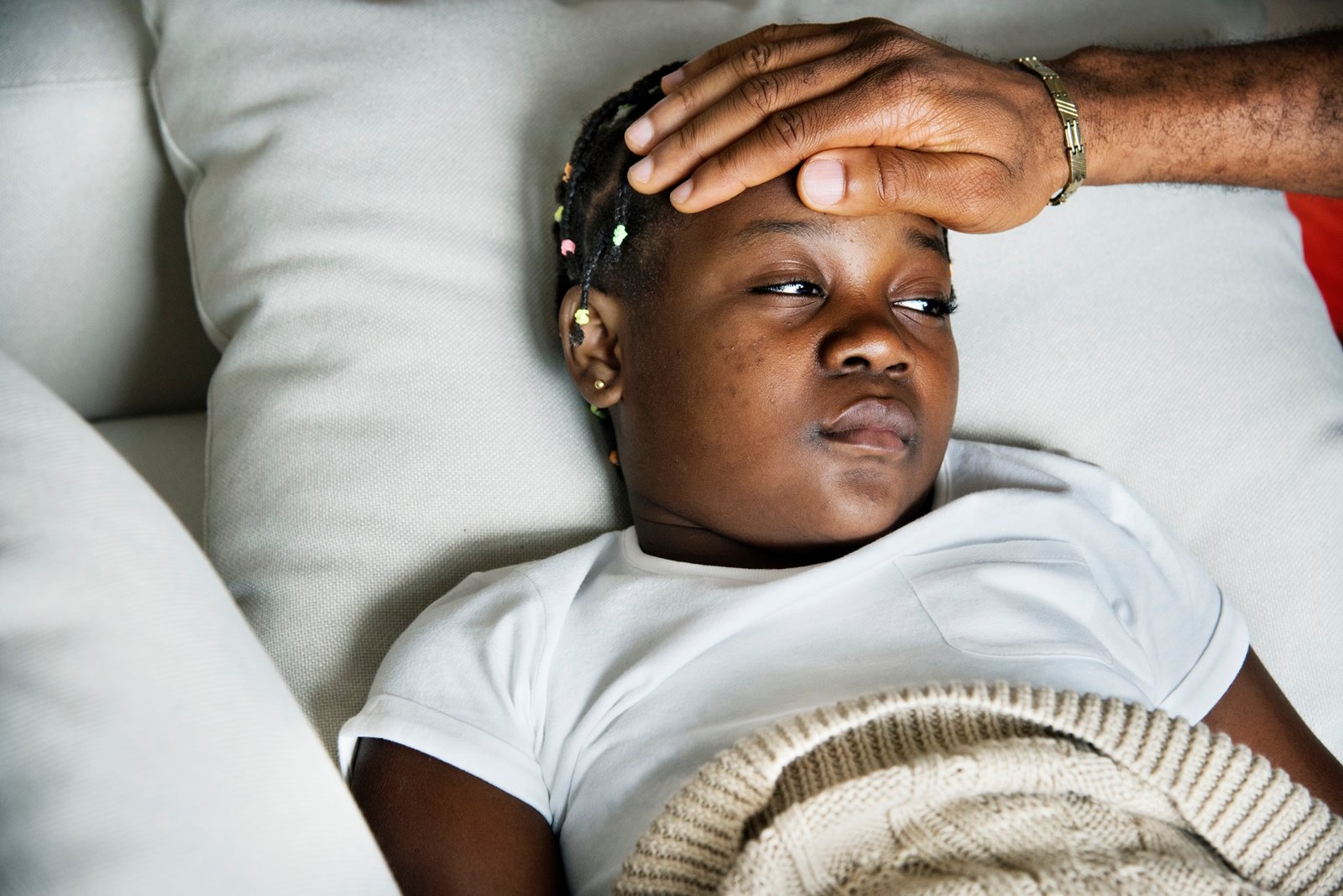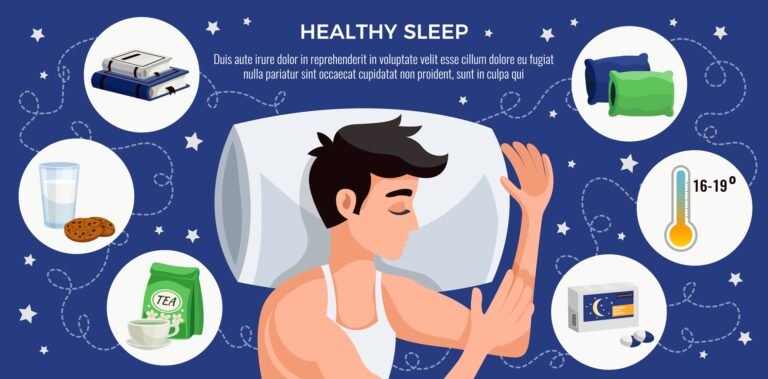Introduction
Sleeping sickness, also known as African trypanosomiasis, is a deadly disease primarily found in sub-Saharan Africa. It’s caused by a parasite and transmitted to humans through the bite of an infected tsetse fly. The disease has devastating effects on the body and can be fatal if left untreated. In this article, we’ll explore the deadly effects of sleeping sickness, its impact on individuals and communities, and the global efforts to combat it.
Understanding Sleeping Sickness
Sleeping sickness is caused by a single-celled parasite called Trypanosoma brucei, which is carried by the tsetse fly. There are two main types of sleeping sickness: Trypanosoma brucei gambiense, which accounts for the majority of cases, and Trypanosoma brucei rhodesiense, which is less common but more acute.
Once the tsetse fly bites an individual, the parasite enters the bloodstream and begins to invade the body’s organs, including the central nervous system. As the disease progresses, it leads to inflammation and severe neurological damage.
Symptoms of Sleeping Sickness
The symptoms of sleeping sickness can be divided into two stages. In the first stage, the disease primarily affects the lymphatic system and causes fever, headaches, joint pain, and itching. During the second stage, the parasite crosses the blood-brain barrier and affects the central nervous system, leading to confusion, poor coordination, and personality changes.
Common symptoms of the second stage include:
Severe headache
Sleep disturbances (leading to the term “sleeping sickness”)
Lethargy
Confusion
Mental decline
Severe neurological damage
If left untreated, sleeping sickness can lead to coma and death within months or years.

How Sleeping Sickness Affects the Body
The progression of sleeping sickness is insidious. In its early stages, the disease may be mistaken for the flu or a common cold due to its initial flu-like symptoms. However, if the infection progresses to the second stage, the effects become more devastating. Neurological damage can cause irreversible harm, including cognitive dysfunction, motor impairment, and even paralysis.
Infected individuals often experience:
Mental deterioration due to the parasitic infection in the brain
Physical debilitation leading to a reduced quality of life
Increased susceptibility to other infections due to a weakened immune system
Without intervention, the parasitic invasion can shut down vital organs, leading to death.
The Global Impact of Sleeping Sickness
Sleeping sickness is a significant health concern in many sub-Saharan African countries, where tsetse flies thrive. The disease not only affects individual health but also has a devastating socio-economic impact. People who contract sleeping sickness often experience long-term disability, reducing their ability to work or care for their families.
This leads to:
Reduced productivity in agriculture, where many of those affected are farmers
Increased healthcare costs for treatment and long-term care
Disruption of entire communities as entire families may fall ill or perish
Although sleeping sickness has been largely controlled in some regions through medical intervention and vector control programs, its presence remains a significant public health challenge in other areas.
Treatment and Prevention
While sleeping sickness is a deadly disease, it is treatable if diagnosed early. Antitrypanosomal medications like suramin and melarsoprol are used to treat the disease. In advanced stages, eflornithine or nifurtimox may be required, depending on the strain of the parasite.
However, these treatments can be difficult to access in remote areas and are not always completely effective in advanced cases.
Prevention involves controlling the tsetse fly population through various measures, including:
Insecticide spraying
Sterilization of male tsetse flies
Wearing protective clothing to avoid tsetse fly bites
Rural communities in endemic regions are also advised to reduce exposure to areas where tsetse flies live, such as dense forests and bushland.
Global Efforts to Combat Sleeping Sickness
Many global organizations, including the World Health Organization (WHO), are working toward eliminating sleeping sickness. They have made significant progress in reducing the number of cases through:
Mass screening programs to detect early cases
Increased access to treatments
Tsetse fly control programs
Public health campaigns to raise awareness about the disease
In recent years, the number of reported cases has decreased dramatically, but challenges remain. Efforts continue to improve access to healthcare, especially in rural and remote areas, where the disease is most prevalent.
Conclusion
Sleeping sickness is a deadly and debilitating disease, but with early detection, effective treatment, and preventive measures, it can be managed and even eradicated. The global community continues to fight against this devastating illness, and progress is being made. However, for those living in regions where sleeping sickness is still a threat, vigilance, prevention, and early medical intervention are key to saving lives.
By continuing to raise awareness and support efforts to combat sleeping sickness, we can reduce its impact on individuals and communities worldwide.


